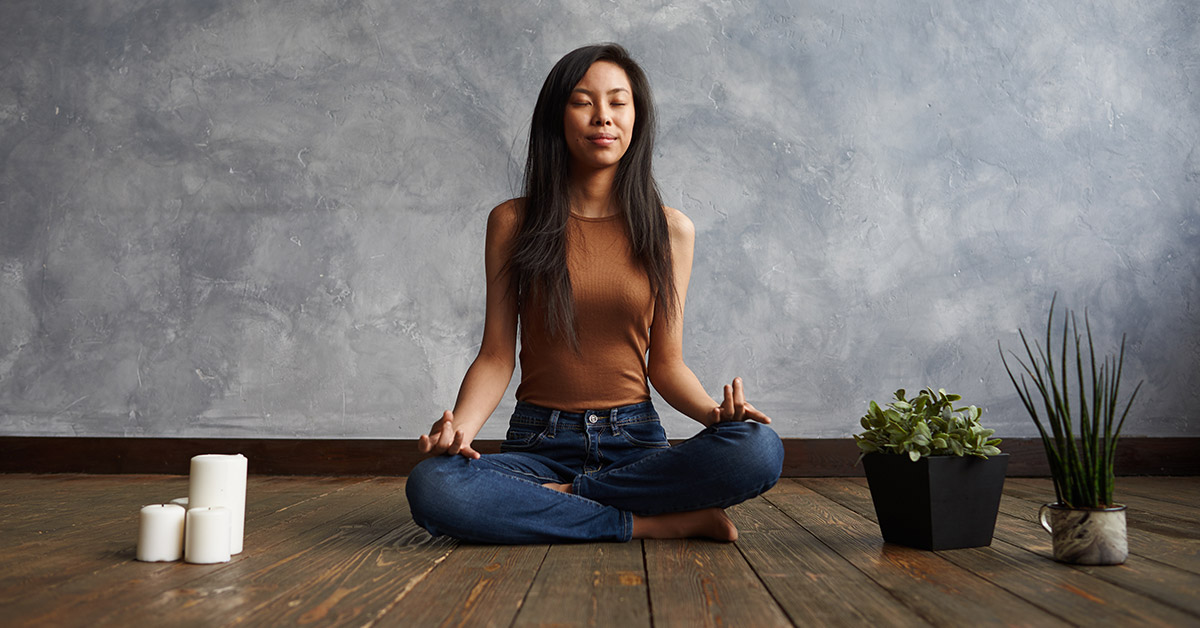
In our quest for optimal health and longevity, we often tend to overlook a simple yet powerful tool: our breath. Breathing is a crucial process for survival; proper breathing can prove to be a gateway to balance, rejuvenation and healing.
Today I am going to show you exactly how to do the only breathing exercise you need for healing your entire body and extending your life. It triggers your body’s innate healing system to heal any pre-existing illness or condition you have and to prevent illness and disease.
When I was designing the curriculum for SOMA Breath, healing was its core. I developed a sequence of breathing exercises, based on Pranayama techniques which have scientific evidence to support the health benefits that come with regular practise.
Our bodies are super intelligent systems designed to heal. When we learn how to harness the power of our breath using SOMA Breath’s Therapeutic Breathwork techniques, we encourage our body’s natural healing, balancing, and restorative functions. They cost nothing and they have no negative side effects as long as they’re practised safely.
In Pranayama, the breathing exercise I am going to show you is called Nisshesha Rechaka Kumbhaka.
This breathing exercise combines rhythmic breathing with an extended out-breath. Rhythmic breathing is required in order to perform the extended out-breath. The extended out-breath lowers your oxygen levels in your blood so you create episodes of brief intermittent hypoxia.
What Is The Science Behind Breathing & Healing?
Pranayama (the practice of breath regulation) has been practiced for centuries, but only recently have its mechanisms and benefits been scientifically uncovered. The transformative power of breathing exercises can significantly impact our nervous system, alternating between the fight-or-flight response and the rest-and-digest state, thereby promoting relaxation and healing.
Breathing exercises, particularly deep and controlled practices, directly impact the ANS (Autonomic Nervous System, which controls bodily functions that are not consciously directed, like breathing, heartbeat, and digestive processes). This promotes a shift from sympathetic (the fight-or-flight system) to parasympathetic (rest-and-digest) dominance. This shift is crucial for healing and relaxation, as it moves the body from a state of stress to a state of calm and rejuvenation.
Further, deep breathing techniques for healing also have physiological effects, including reduced stress levels, lower blood pressure, improved oxygen exchange, and detoxification in the body. All of these combined contribute to optimal health and healing.
The science behind breathing and healing is vast. SOMA Breath’s healing breathing techniques are effective in helping practitioners achieve optimal health. The science of SOMA Breath helps us understand the principles of breathing & apply its effects on the nervous system and the body's physiological processes. This helps individuals harness the power of breathwork to improve their mental, emotional, and physical health. As research continues to evolve, even more benefits of breathing exercises are being discovered, further solidifying their role in holistic health and wellness practices.
What are the benefits?
CARDIAC HEALTH: Improves circulation due to vasodilation and growth of new blood vessels.
BRAIN HEALTH: Blood flow is improved to organs that use up a lot of oxygen like your brain. This may even lead to activation of dormant parts of the brain, improving cognitive function and memory.
ANTI-AGEING/LONGEVITY: May activate stem cells into circulation for regenerating cells in your body (Carreras et al., 2009; Gharib et al., 2010; Serebrovskaya et al., 2011; Shree & Bhonde, 2016).
ENDURANCE: Improves fitness and stamina as you produce more red blood cells, new blood vessels, and increase blood flow to your organs.
RAPID TARGETED HEALING: Combined with additional visualisation exercises you can invoke a healing response in your body for quicker healing times. This is also very useful if you have a cut or graze on your skin.
What’s more, it may also be effective in preventing metabolic disorders (Saoji et al., 2018). Multiple health benefits of Nisshesha Rechaka Kumbhaka are discussed by Dr. Prakash Malshe (Malshe, 2011). Dr Malshe is a mentor of mine and is the author of A Medical Understanding of Yoga.
Nisshesha Rechaka Kumbhaka: A Deep Dive
The breathing technique is known as Nisshesha Rechaka Kumbhaka and combines rhythmic breathing with an extended out-breath. Rhythmic breathing is required in order to perform the extended out-breath. The extended out-breath lowers oxygen levels in your blood, so you create episodes of brief intermittent hypoxia.
How to do the breathing exercise
Do this technique in the morning on an empty stomach. Sit comfortably with your back straight in an upright position and place the pulse oximeter on your finger tip if you are using one.
Inhale fully through your nose, filling up your lungs completely with air. To breathe in deeper, imagine you are breathing into your back. Your lungs are actually closer to the back of your body than the front. As you inhale, your abdomen should rise first, and then your chest.
- Once you have inhaled fully, it is as simple as letting go of all tension and exhaling with no force at all. Let natural pressure empty your lungs.
- When you have exhaled, breathe in fully again, with no force. Create a continuous and connected rhythmical breathing pattern.
Do 20-30 repetitions until you feel tingly or light headed. You will see your SpO₂ rise up to 99% or even 100% signalling that you are fully saturated with oxygen.
After the final exhalation, hold your breath with absolutely no air in your lungs for as long as you possibly can. By making a hissing sound you can completely remove all the air from your lungs. It may feel a bit uncomfortable at first, but you will get used to it as you practice.
- Hold your breath with absolutely no air in your lungs for as long as you possibly can.
At around 60-90 seconds of holding your breath, you will notice your blood saturation begins to drop fast. Go gradually and slowly at first until you are able to comfortably hold your breath to see your SpO₂ levels drop below 90%. This is usually enough to trigger the positive stress response in the body. Around 85% and lower is when you are in a hypoxic state and stem cell circulation is triggered.
When you can no longer hold your breath, take a quick inhalation, then quickly exhale again and repeat, by making a hissing sound to remove all the air from your lungs. This will further bring your oxygen levels down. You can repeat this a few times for as long as you feel comfortable.
Do at least 2 rounds of the full breathing exercise above each morning on an empty stomach.
During the breath holding phase you will go into a deeply relaxed meditative state. Use this time to visualise stem cells moving around your body and going to the areas where you want new cells to be generated or healing to occur.
With regular practise of this breathing exercise for healing and longevity we can truly start to access our full potential and create profound self healing for ourselves.
In Conclusion
Proper breathing is a powerful tool for healing and longevity. By practicing deep breathing techniques for healing, we can tap into our body's natural healing capabilities and enhance health, balance, and longevity. As we explore deep breathing techniques and the power of our breath, we experience self-healing and transformation.
Embark on this journey of healing and discovery. Try out Nisshesha Rechaka Kumbhaka and share your experience with us in the comments below!
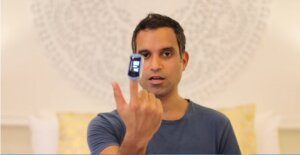 Do this technique in the morning on an empty stomach. Sit comfortably with your back straight in an upright position and place the pulse oximeter on your finger tip if you are using one.
Do this technique in the morning on an empty stomach. Sit comfortably with your back straight in an upright position and place the pulse oximeter on your finger tip if you are using one.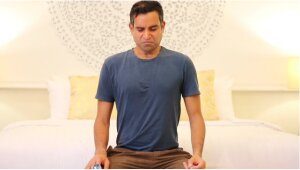 Inhale fully through your nose, filling up your lungs completely with air. To breathe in deeper, imagine you are breathing into your back. Your lungs are actually closer to the back of your body than the front. As you inhale, your abdomen should rise first, and then your chest.
Inhale fully through your nose, filling up your lungs completely with air. To breathe in deeper, imagine you are breathing into your back. Your lungs are actually closer to the back of your body than the front. As you inhale, your abdomen should rise first, and then your chest.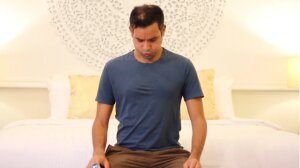 Do 20-30 repetitions until you feel tingly or light headed. You will see your SpO₂ rise up to 99% or even 100% signalling that you are fully saturated with oxygen.
Do 20-30 repetitions until you feel tingly or light headed. You will see your SpO₂ rise up to 99% or even 100% signalling that you are fully saturated with oxygen.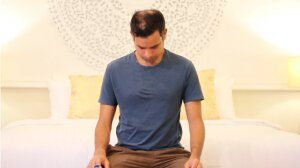 After the final exhalation, hold your breath with absolutely no air in your lungs for as long as you possibly can. By making a hissing sound you can completely remove all the air from your lungs. It may feel a bit uncomfortable at first, but you will get used to it as you practice.
After the final exhalation, hold your breath with absolutely no air in your lungs for as long as you possibly can. By making a hissing sound you can completely remove all the air from your lungs. It may feel a bit uncomfortable at first, but you will get used to it as you practice.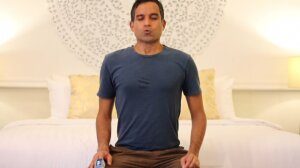 When you can no longer hold your breath, take a quick inhalation, then quickly exhale again and repeat, by making a hissing sound to remove all the air from your lungs. This will further bring your oxygen levels down. You can repeat this a few times for as long as you feel comfortable.
When you can no longer hold your breath, take a quick inhalation, then quickly exhale again and repeat, by making a hissing sound to remove all the air from your lungs. This will further bring your oxygen levels down. You can repeat this a few times for as long as you feel comfortable.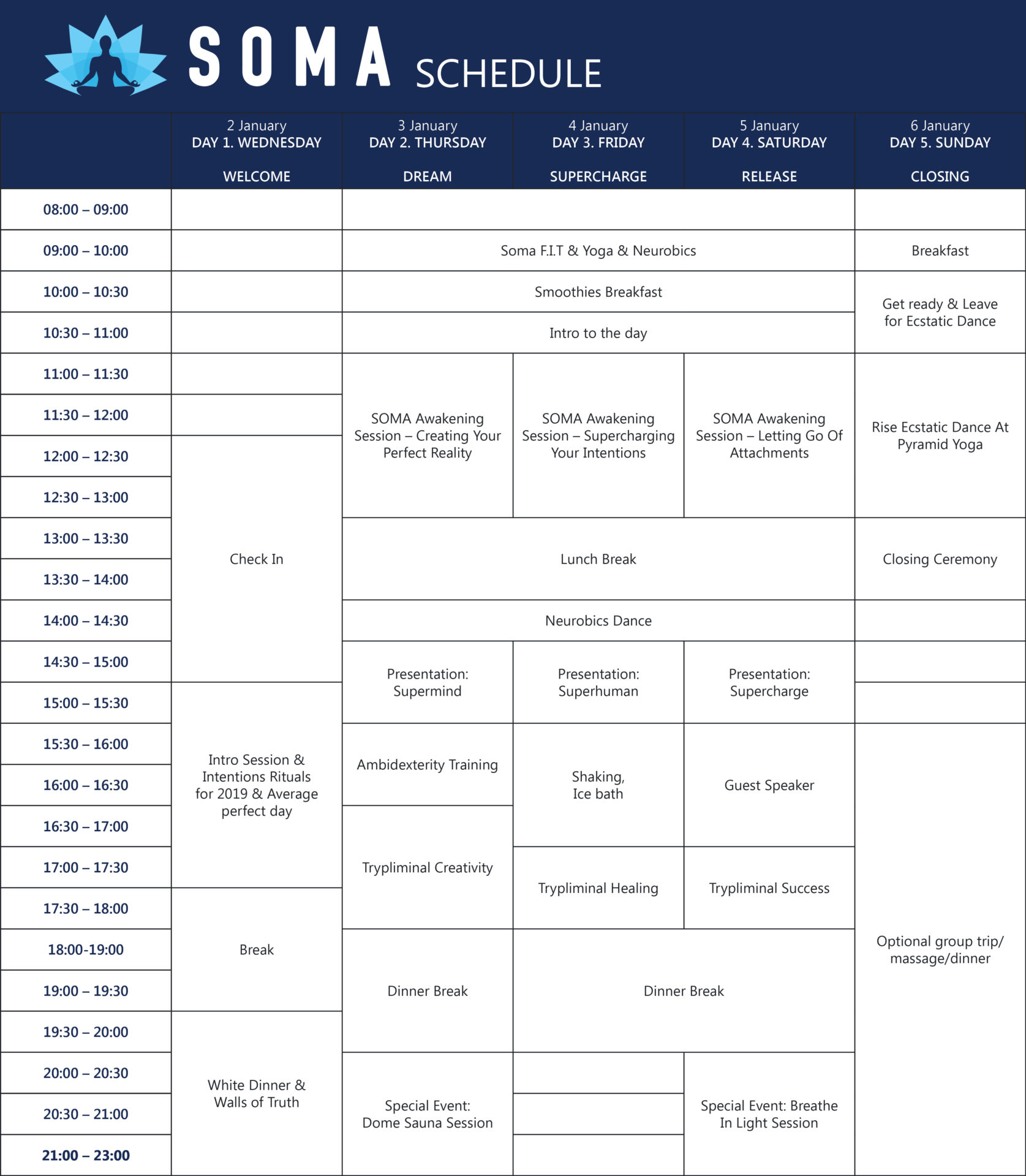
Is there a video to demonstrate? I’m curious what the ideal rhythm would be for this exercise.
Thank you for sharing this with the world
Namaste Om
You’re awesome! Thanks so much for sharing these great techniques, I truly appreciate it and you!
Thank you so much